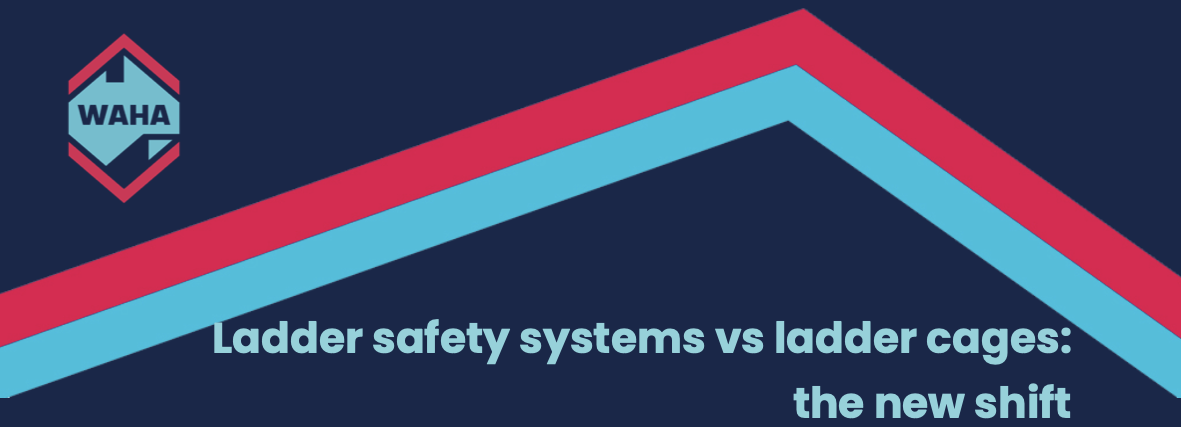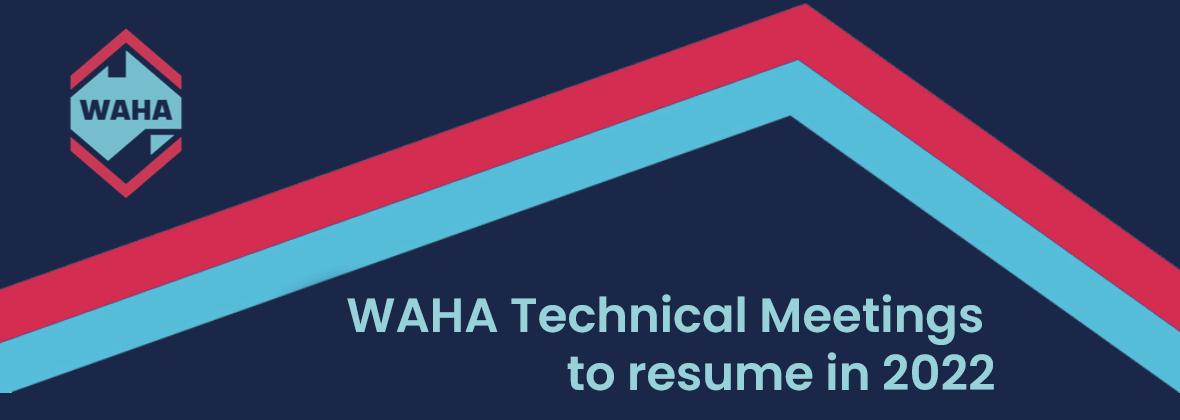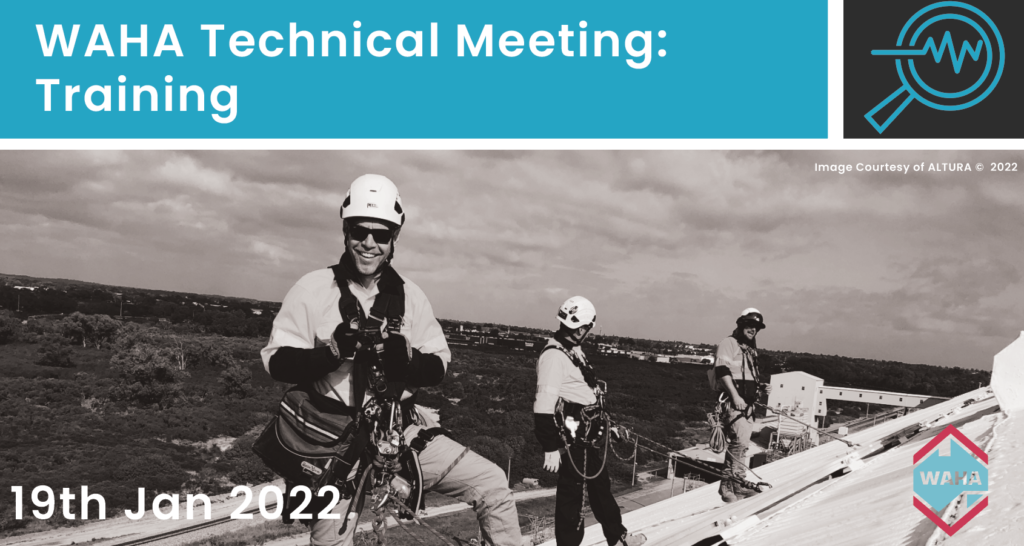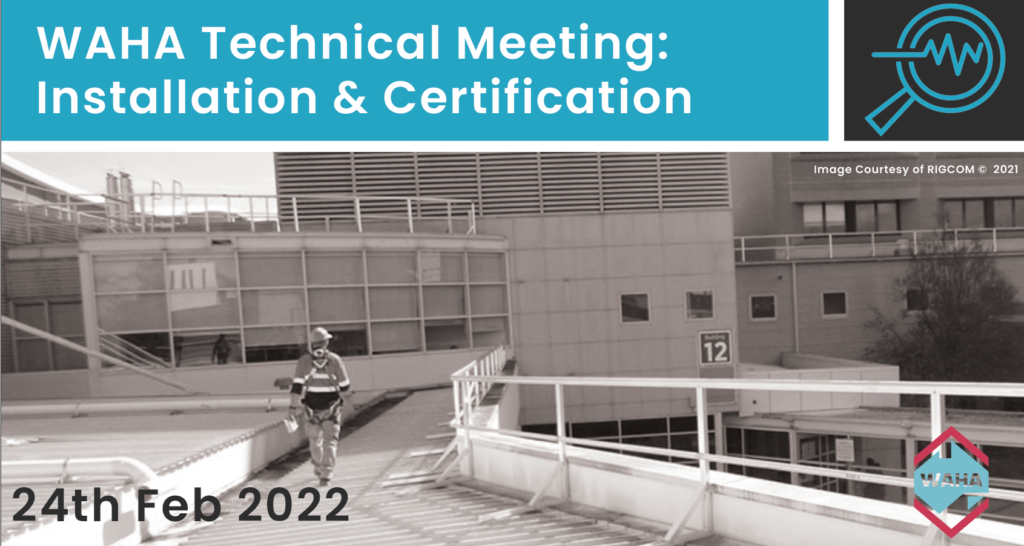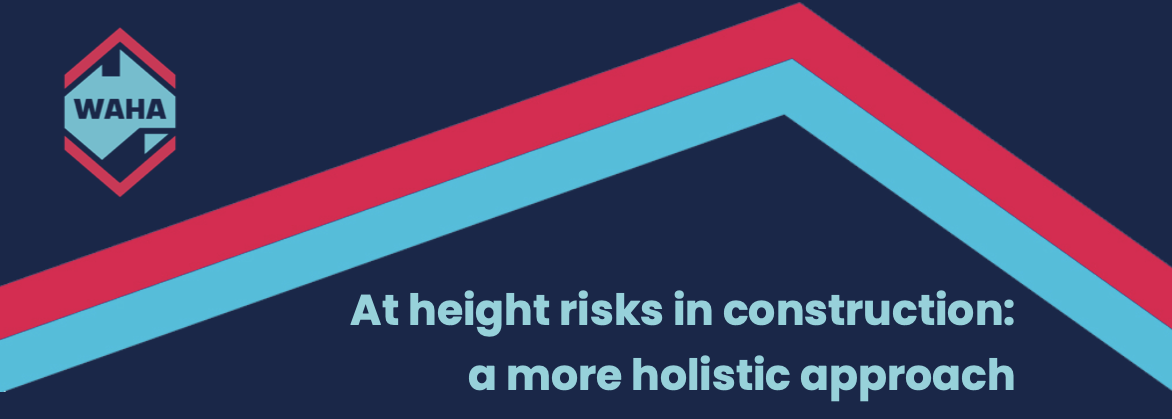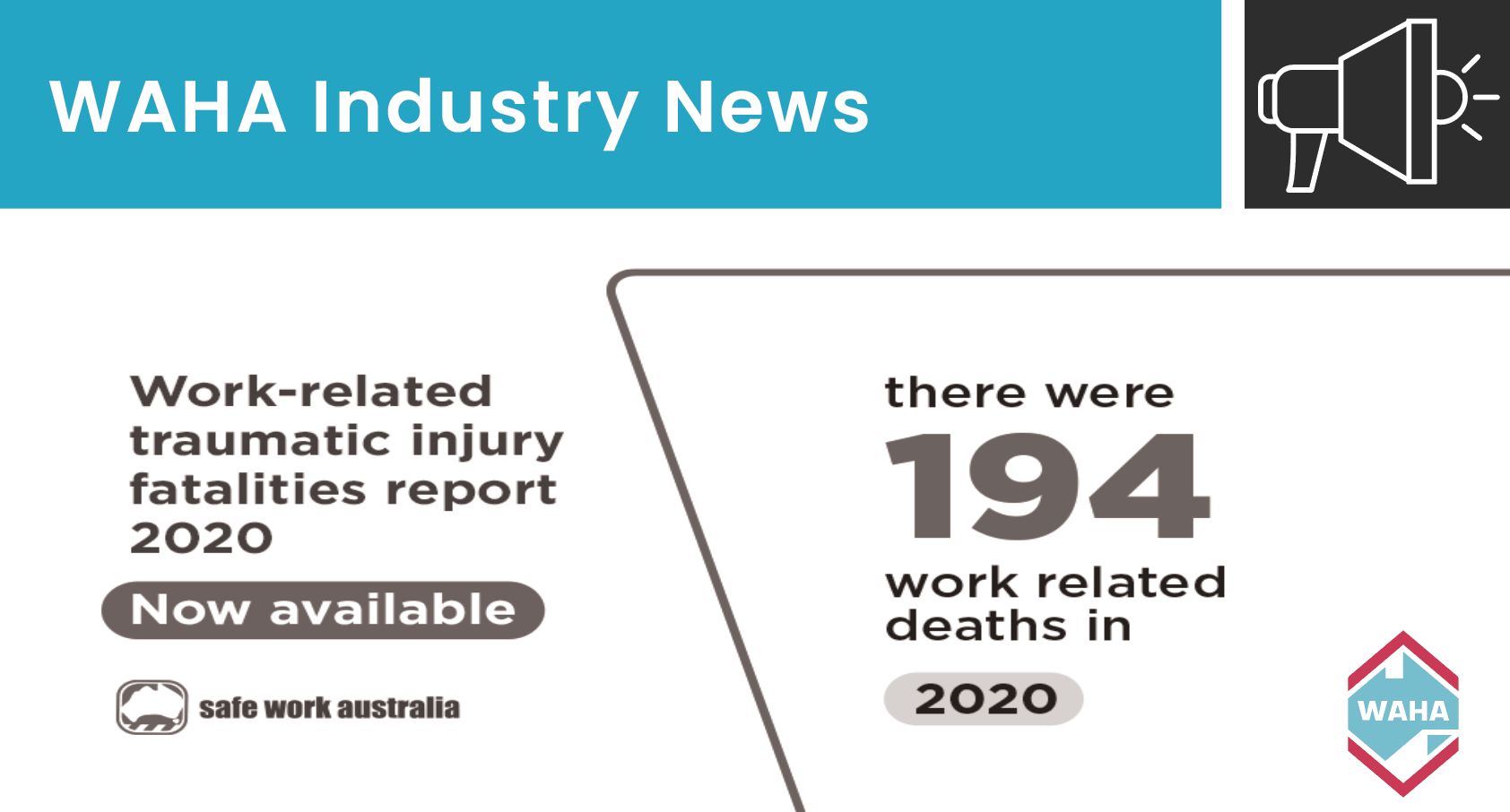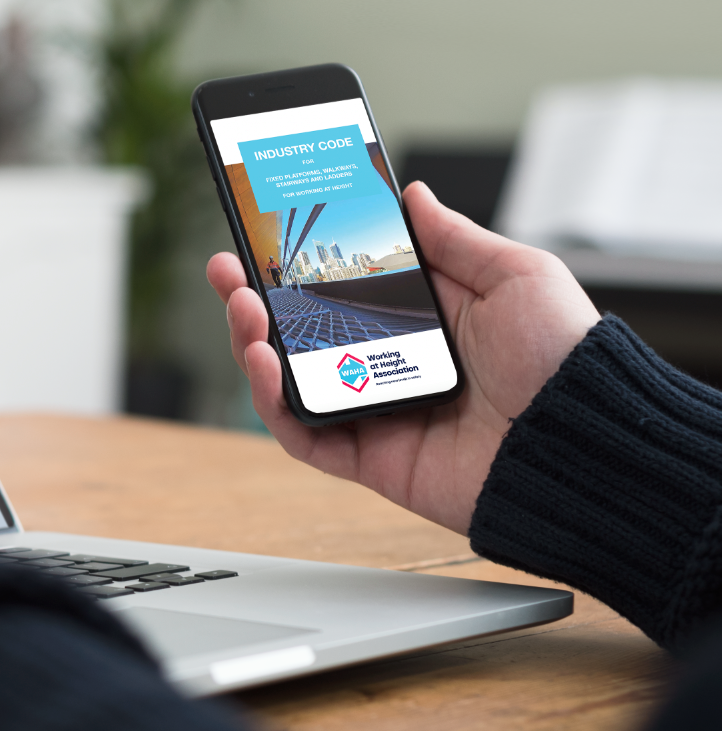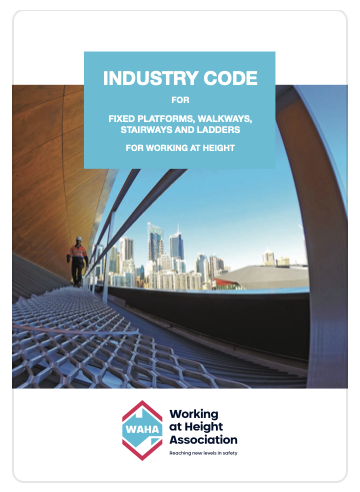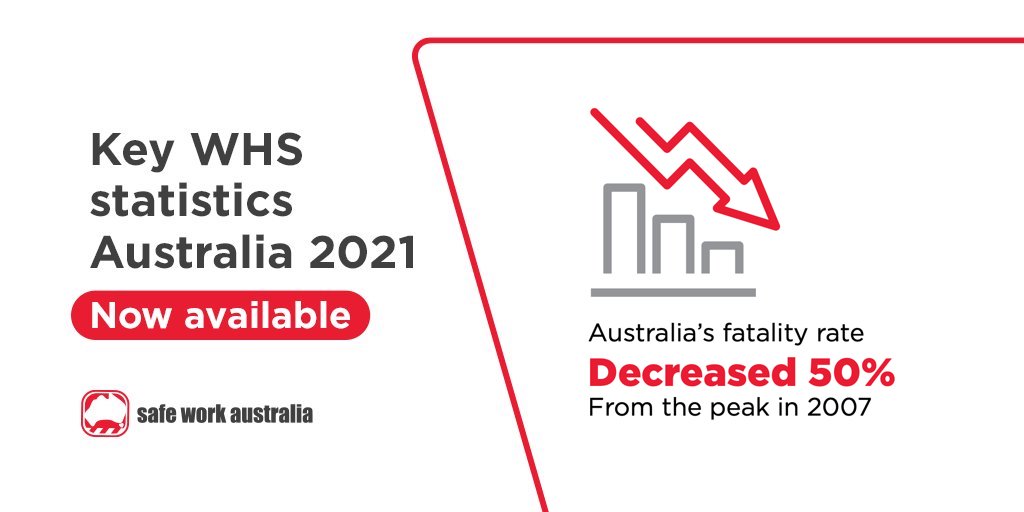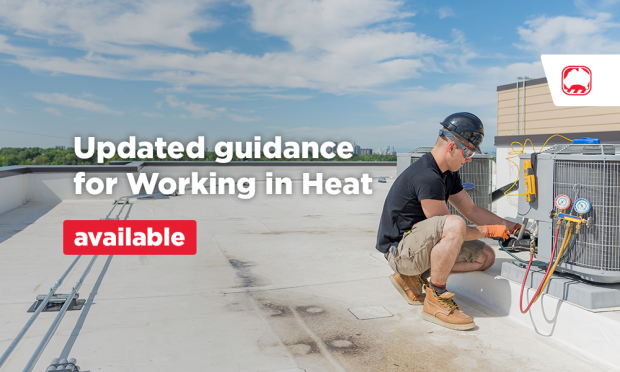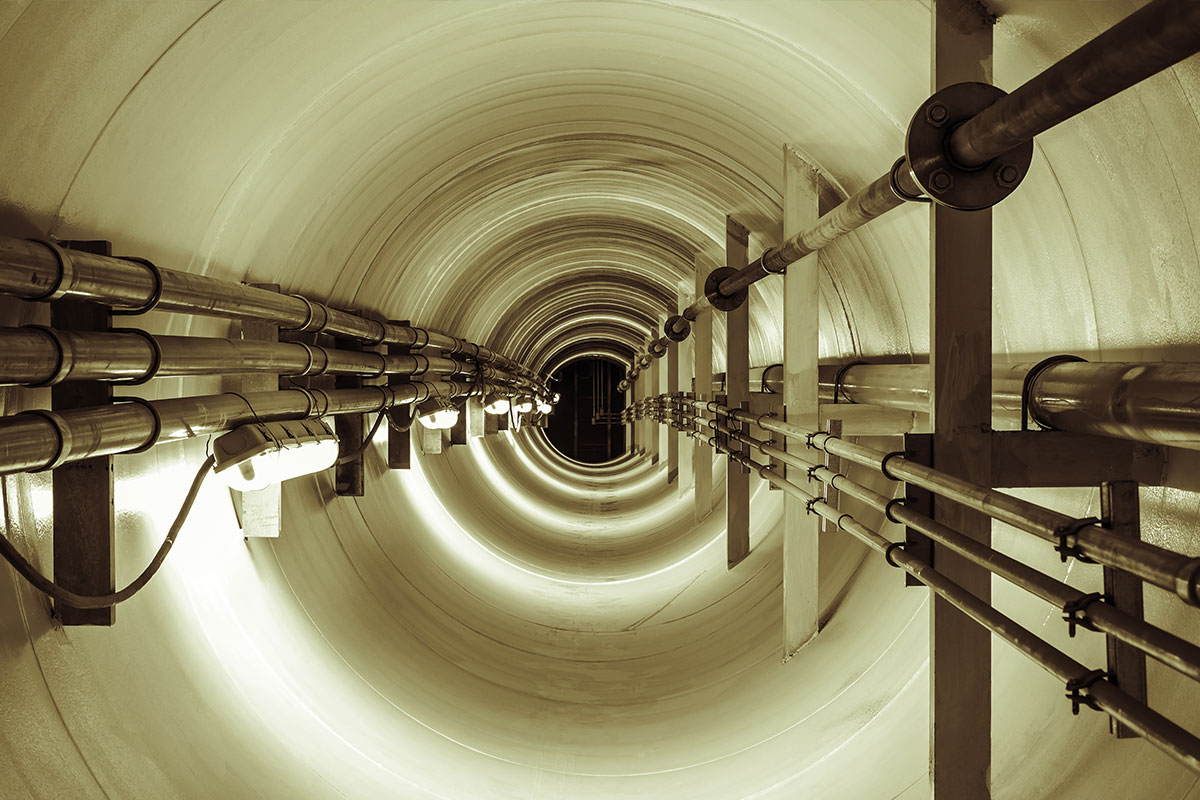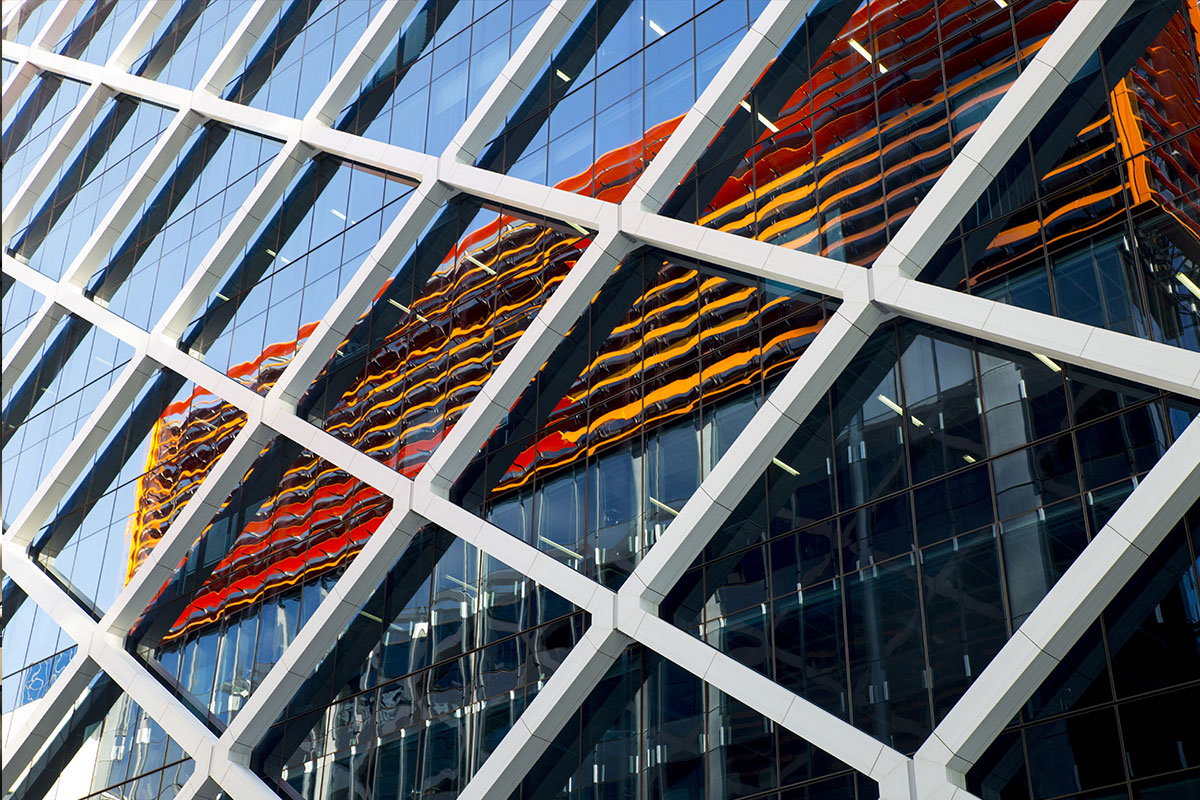Original article By Scott Barber, CEO of WAHA, for Safety Solutions Magazine.

Regular access to elevated points on buildings or structures to perform routine maintenance or other tasks is not uncommon. In these situations, a fixed ladder integrated into or onto a structure is often used and it’s not unusual for a cage to be installed around the ladder in the mistaken thinking this will mitigate the risk of injury should a worker fall while climbing. But a fixed ladder with a cage is not a fall arrest system. In fact, as of 19 November 2018, the United States’ Occupational Safety and Health Administration (OSHA) has taken the formal stance that cages are not considered compliant fall protection on newly installed ladders.
Research into the effectiveness of fixed ladder cages has shown that they do not provide sufficient protection from falls. This research prompted OSHA to provide new parameters that are intended to improve protection from falls at height, provide greater flexibility and ease of use for workers, and make decisions around compliance and suitable solutions easier to navigate. These OSHA General Industry regulations were updated to reflect the changing understanding of and attitude towards the safety of fixed ladder cages and ladder climbing in general. What this change effectively means is any fixed ladders that need to be installed, repaired or replaced must be done so in accordance with the new Standard. Installing a certified ladder safety system that includes vertical lifelines or overhead self-retracting lifelines (SRLs) are both options that provide safe and effective means of access, and are easy to install as part of a new build or as a retrofit to existing ladders.
In 1996, OSHA 1910.21 defined a cage as “an enclosure that is fastened to the side rails of the fixed ladder or to the structure to encircle the climbing space of the ladder for the safety of the person who must climb the ladder”. On the other hand, it defined a ladder safety device as a device “designed to eliminate or reduce the possibility of accidental falls”. The difference in these definitions shows the way both safety devices were viewed at the time those regulations were implemented. Ladder safety devices were specifically intended to prevent or arrest falls, whereas cages were intended to improve safety without any specific explanation as to how they would do so.
These changes to the OSHA regulations have not necessarily been immediately reflected in other international standards and codes, but this change does represent a broader shift in how we look at the associated risks of ladder climbing. There is an existing assumption around safety at heights that if a caged ladder ‘complies’ with the relevant building codes, and if an employee were to then slip and fall from the ‘compliant’ ladder, the employer or building owner would be safe from any litigation. But this is not the case. It is the responsibility of the building designer, owner and employer to provide a safe work environment. This means ensuring that whatever means of access, the most suitable safety solution is applied. Should an incident occur, investigators and the court system will refer to best practice protocols to assess whether the system met the needs as determined by risk assessment.
Fall Arrest Solutions
For a person climbing a ladder, there are two systems that will genuinely provide fall protection:
- A self-retracting lifeline (SRL) that is fixed to a suitable anchorage point at the top of the structure and connected to the operator’s harness.
OR - A guided fall arrest system (vertical lifeline) that is permanently fixed to the ladder.
Installing an SRL to the top of a ladder typically provides an easy solution, but it is not always practical considering the constant exposure to the elements and need for a rated anchor point. Hence the design of a good fall arrest system must take into account some basics of modern fall protection thinking:
- The system must be easy to use. If it is not, the level of compliance may be lower than expected.
- The system must limit the forces that will be applied to the person in the event of a fall to less than 6 kN — the less force the better.
- The system must not drag on the person as they climb, otherwise it makes climbing all the more difficult, increasing the risk of fatigue.
- A fall arrest system must be a system of components that enable the line of the system to follow the building or structure that it is connected to.
- A good system will provide ‘continuous connection’ from the moment the person leaves the ground. This will enable the person to climb to wherever the job is, carry out the task and return, without disconnecting from the system.
There is still an argument for maintaining ladders in combination with an approved fall arrest system, particularly in circumstances where climbing may occur in a highly exposed environment where a cage may provide a level of physical and psychological comfort which can be very important to the climber. However, a cage around a ladder is not going to prevent an unconscious person from falling, whereas a fall arrest system will capture the user within a short distance. A caged ladder must not be mistaken for a ladder with an integral fall arrest system. Only a ladder (caged or otherwise) fitted with a fall arrest system will provide long-term safe access for workers in a way that will minimise the risks involved in climbing.
However, there are some obvious risks in the use of ladder cages as a primary safety method; for example, the potential for head-strike during a fall, loss of consciousness and creation of an extremely difficult rescue scenario for first responders. There are also cases of gruesome entanglements where falling workers tear off body parts during a rapid, uncontrolled descent. These kinds of risks are addressed when vertical lifelines are installed as safety systems. When applying the Fall Protection Hierarchy of Controls, it clearly identifies that a fixed ladder is not the ideal means of access if the work area requires frequent attention. In such circumstances, engineering out the risk by removing the need to access the area by moving essential plant and machinery to a more accessible position or the use of passive or collective systems (eg, stairs and walkways) are more appropriate, if possible.
Ultimately, as workplaces have changed, the understanding of hazards has also increased and subsequently the development of solutions and technology to manage those risks has evolved. Adopting best practice is always the most effective means of maintaining the health and safety of a workforce, and the use of cages does not reflect best practice. OSHA’s shift represents a positive step in reinforcing higher standards of safety and helps identify existing gaps in our current methodologies. Best practice includes the use of methods and techniques that best display thorough and effective safety management protocols, and looking at systems design, user profile, frequency of use and testing and certification as indicators of suitability.
**************************************************
*Scott Barber is a professional marketer, copywriter and safety specialist with over 20 years’ experience designing, driving and facilitating communication and education as a fundamental engagement tool. Specialising in safety and rescue, both operationally and as a consultant, he uses his experience across multiple industries to deliver solutions targeting specific stakeholders using communication as the critical driver for change.

